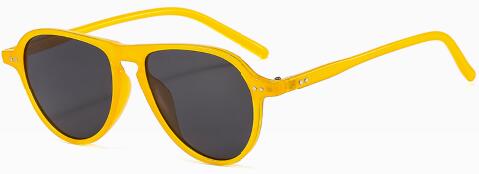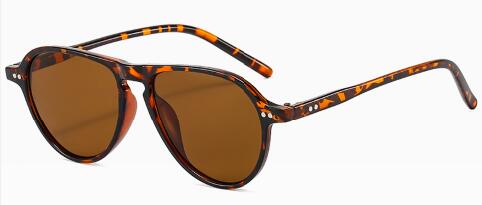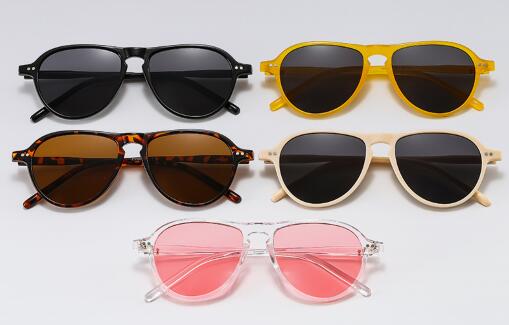
Sunglasses block unpleasant glare while protecting your eyes from UV rays. All thanks to metal powder filters that "select" light as it hits it. Colored glasses can selectively absorb some of the wavelengths that make up the sun's rays because they use very fine metal powders (iron, copper, nickel, etc.). In fact, when light hits the lens, it is eliminated based on a process called "destructive interference".

That is, when certain wavelengths of light (in this case ultraviolet a, ultraviolet b, and sometimes infrared) pass through the lens, they cancel each other out on the inside of the lens, toward the eye. It is no accident that the overlapping waves that make up light waves: the crests of one wave combine with the troughs of adjacent waves, causing them to cancel each other out. The phenomenon of destructive interference depends on the index of refraction of the lens (that is, the degree to which light rays deviate from the air as they pass through different substances), and also on the thickness of the lens.

In general, the thickness of the lens does not vary much, and the refractive index of the lens varies according to the difference in chemical composition. And sunglasses can't be in direct contact with the sun.
Therefore, in outdoor activities, especially in summer, it is necessary to use sunshade mirrors to block the sun, so as to reduce the fatigue caused by eye adjustment or the damage caused by strong light stimulation.

Thanks for reading
Sophie Yang
004@mikeeyewear.com